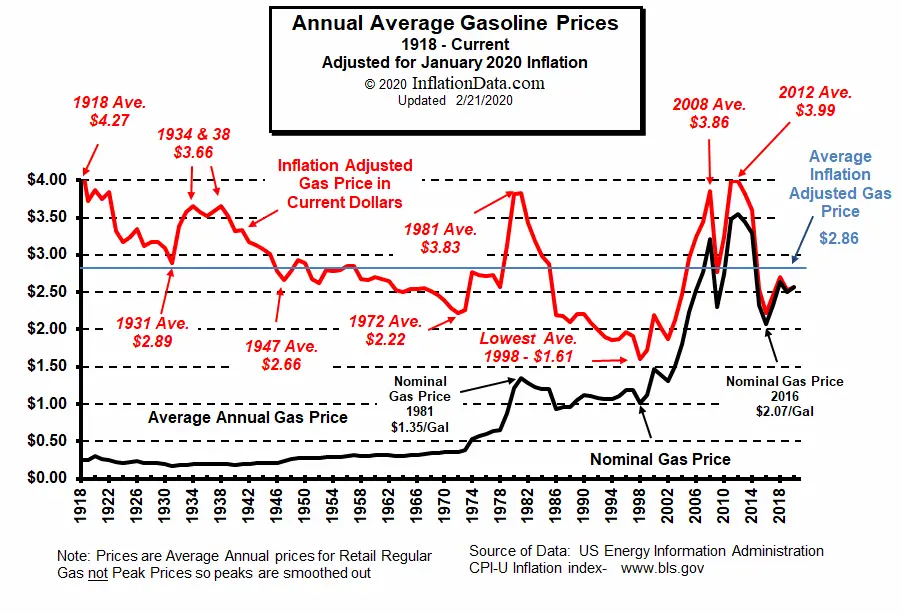OldShooter
Give me a museum and I'll fill it. (Picasso) Give me a forum ...
Well, strictly speaking we can probably say that the calculators are just fine. The math is pretty simple after all. The issue is what to use for input data. What time period and what index?... I DO think inflation calculators going back that far are inaccurate,
Yes. CPI attempts to adjust for this but it is inevitably a judgment call. Car prices have increased but power windows and AC have become standard. So, apple and apples what increase should the CPI use? The whole price difference? A reduced difference to reflect the betterment of the product?but that is at least partially because we buy different things today than 50 years ago.
And whose costs should be averaged? College students' costs have increased wildly as the institutions have fed at the trough full of student loan money. Seniors consume more drugs than the average population, so should they have their own inflation index (IIRC they do). Households substitute chicken when beef gets expensive; should those choices be reflected in the index?

